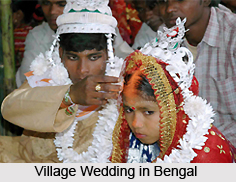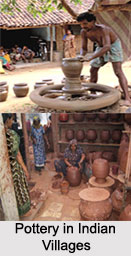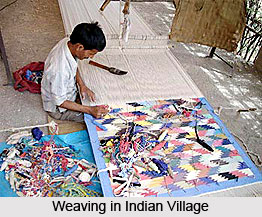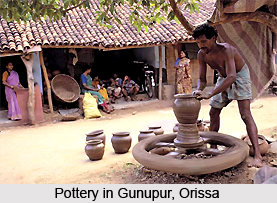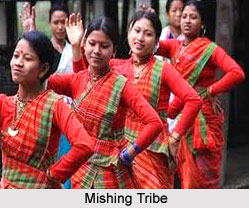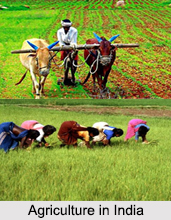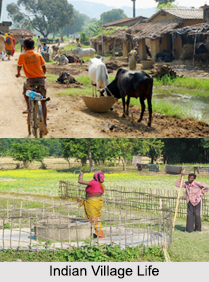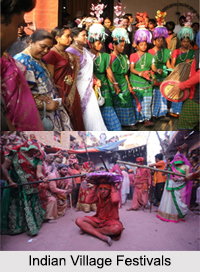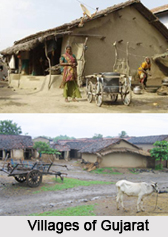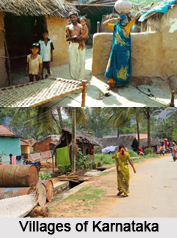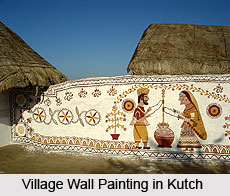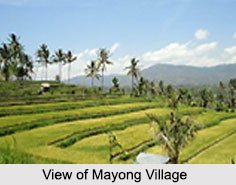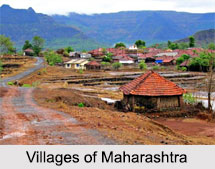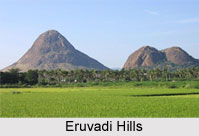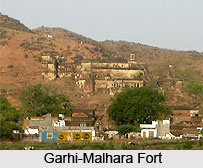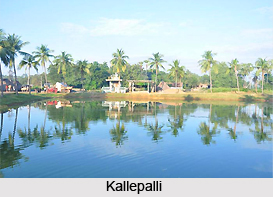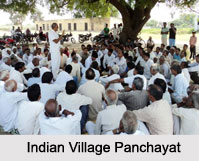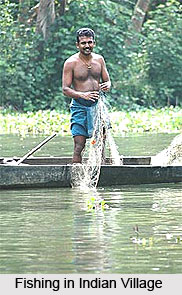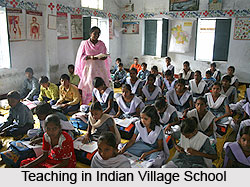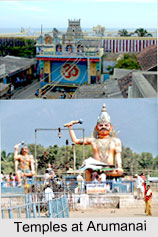 Arumanai is a Panchayat town in the Kanyakumari district in the state of Tamil Nadu, which forms a part of the Indian subcontinent. Arumanai is now regarded by the state of Tamil Nadu as a first grade Panchayat town. This town is well known by the fact that the largest river of the Kanyakumari district, the Kodayar River flows along the north-eastern and eastern boundaries of the town. Besides the River Kodayar, two small brooks, namely the Kandasankavadu and the Poovampara brook which are also regarded as the tributaries of Kodayar, flows through this popular town.
Arumanai is a Panchayat town in the Kanyakumari district in the state of Tamil Nadu, which forms a part of the Indian subcontinent. Arumanai is now regarded by the state of Tamil Nadu as a first grade Panchayat town. This town is well known by the fact that the largest river of the Kanyakumari district, the Kodayar River flows along the north-eastern and eastern boundaries of the town. Besides the River Kodayar, two small brooks, namely the Kandasankavadu and the Poovampara brook which are also regarded as the tributaries of Kodayar, flows through this popular town.
Demography of Arumanai
According to the census of 2001, the town of Arumanai had a population of 14,576. The average literacy rate of this town is 78%, which is much higher than that of the national literacy rate. Population of children with age of 0-6 is 9.44 % of total population of Arumanai. In Arumanai, female sex ratio is of 1030 against state average of 996. Moreover child ratio in Arumanai is around 914 compared to Tamil Nadu state average of 943. Literacy rate of Arumanai city is 90.52 % higher than state average of 80.09 %. In Arumanai, male literacy is around 92.59 % while female literacy rate is 88.54 %.
Agriculture of Arumanai
A change has been marked in the utilization of the cultivable lands in this town in the era of 1950s due to the introduction of rubber cultivation in the hilly and semi-hilly areas of this district. The cultivation of the rubber, which is also regarded as the main agricultural crop can be seen in this two taluks of this district. Since Arumanai is very close to the foothills of the Western Ghats, all the lands that are available here are used for the cultivation of rubber.
Gardening is a big passion of the locals of this town. The surroundings of this Panchayat town are very fertile and more or less all species of flora of the West Coast blooms here. Commercial varieties of flora and fauna are also available here. Nature with several hills and mountains with rich herbs of medicinal value endow this town.
Education of Arumanai
In and around Arumanai there are lot of higher secondary, secondary and primary schools with medium of study as English, Tamil and Malayalam. It also has a college of arts and science at a picturesque area of this town. It offers degree courses in disciplines such as commerce, computer science, physics, microbiology and biotechnology. It has been affiliated to Manonmaniam Sundaranar University of Tirunelveli.
Society of Arumanai
Rice is the staple food of the people of this region, though for some inhabitants of the hilly areas, the main food is Tapioca. The Ayyavazhi festival is celebrated with much vigour and enthusiasm in this town. There are also two hydroelectric power stations at Kodayar.
Pilgrims at Arumanai
Nedunkulam Bhagavathy Amman Temple, Melaviali Krishnan Temple and Panangara Bhathrakaali Amman Temple are the famous temples that are nearby Arumanai.
Transportation of Arumanai
Reaching this town is also not much of a hassle as it is well connected with all the major destination of the country. Nagercoil in the Kanyakumari district is the nearest railway junction connecting the eastern and western rail-lines.
